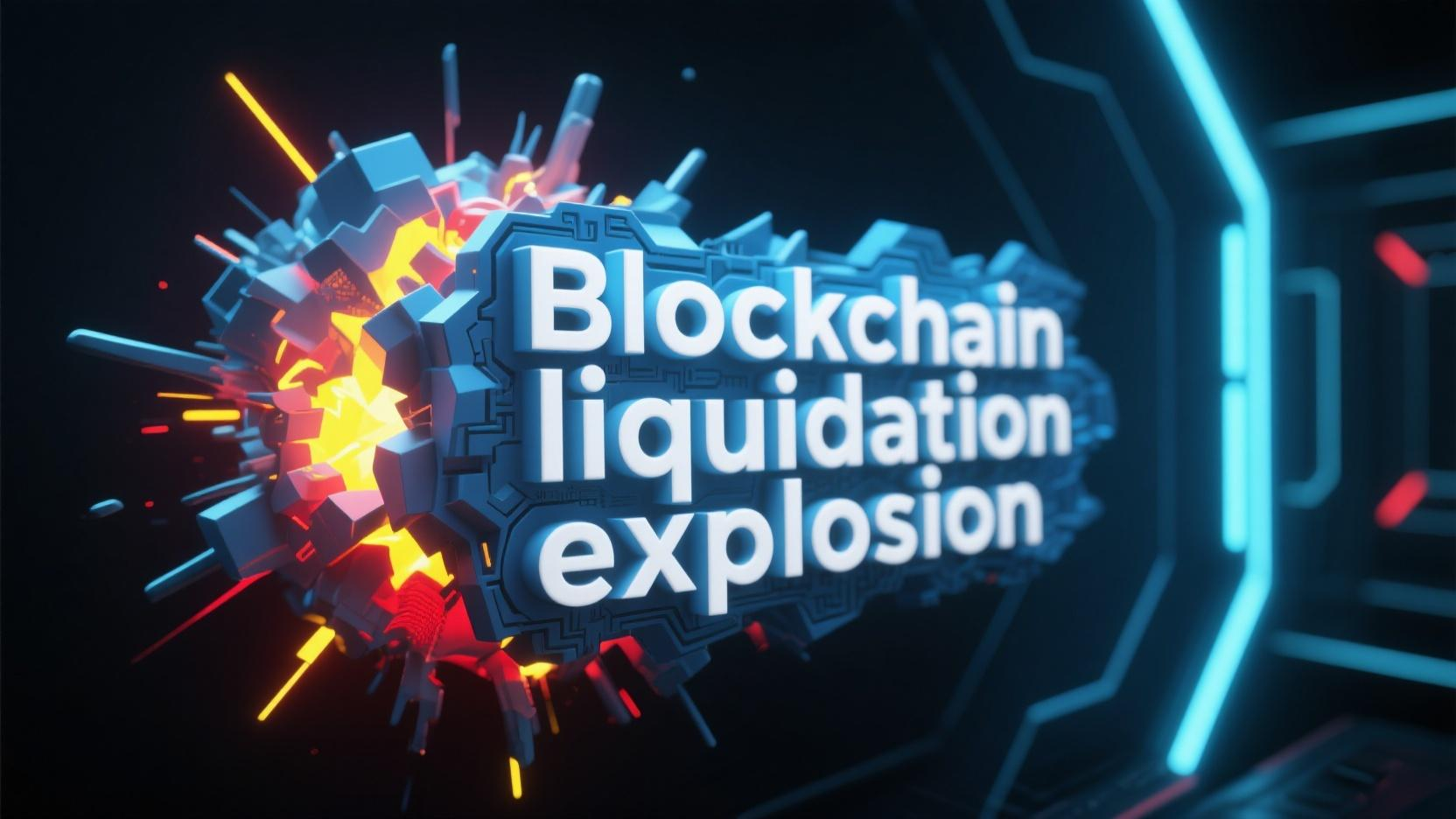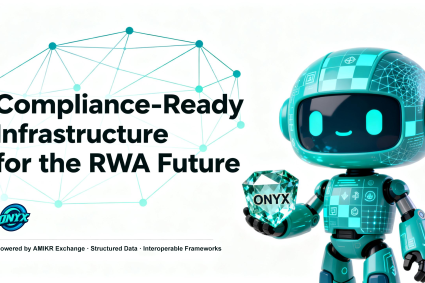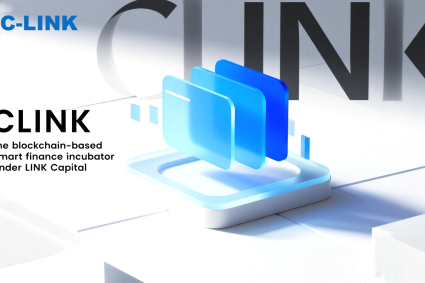
2025 marked the year DeFi went institutional. In a historic pilot, Goldman Sachs and Uniswap launched a cross-chain dark pool protocol, reducing U.S. equity clearing times from T+2 to 12 seconds, and slashing transaction costs from $0.30 to under $0.0001.
The trigger? ZK-Rollup-powered batch processing—compressing millions of trades into a single cryptographic proof. Generating each proof now consumes less energy than a Google search.

Finance without Friction
Where legacy clearinghouses relied on trusted intermediaries, paper trails, and settlement lags, DeFi replaces them with trustless code, global liquidity, and instant finality. On Solana and Ethereum Layer 2 networks, settlements are not just fast—they’re atomic and irreversible.
The efficiency formula is seismic:
DeFi Clearing Efficiency = Traditional Efficiency × (On-chain User Volume)²
The Rise of DAO-Based Debt Resolution
Inside U.S. regulatory sandboxes, Bank of America Merrill Lynch is experimenting with DAO governance to adjudicate distressed bond repayments. Tokenized creditors vote in real time on default resolution—democratizing decisions once reserved for elite restructuring committees.
It’s not just a process shift. It’s a power shift.
Wall Street as a Wrapper?
As DeFi protocols scale and regulatory clarity improves, banks are morphing into custodial shells—guardians of private keys rather than gatekeepers of capital flows. Clearinghouses, once pillars of the financial system, risk becoming redundant APIs in a programmable finance world.
The Existential Question
Can financial institutions outsource their core function and still justify their margins? Or will the very act of embracing DeFi turn them into unbundled legacy wrappers?





